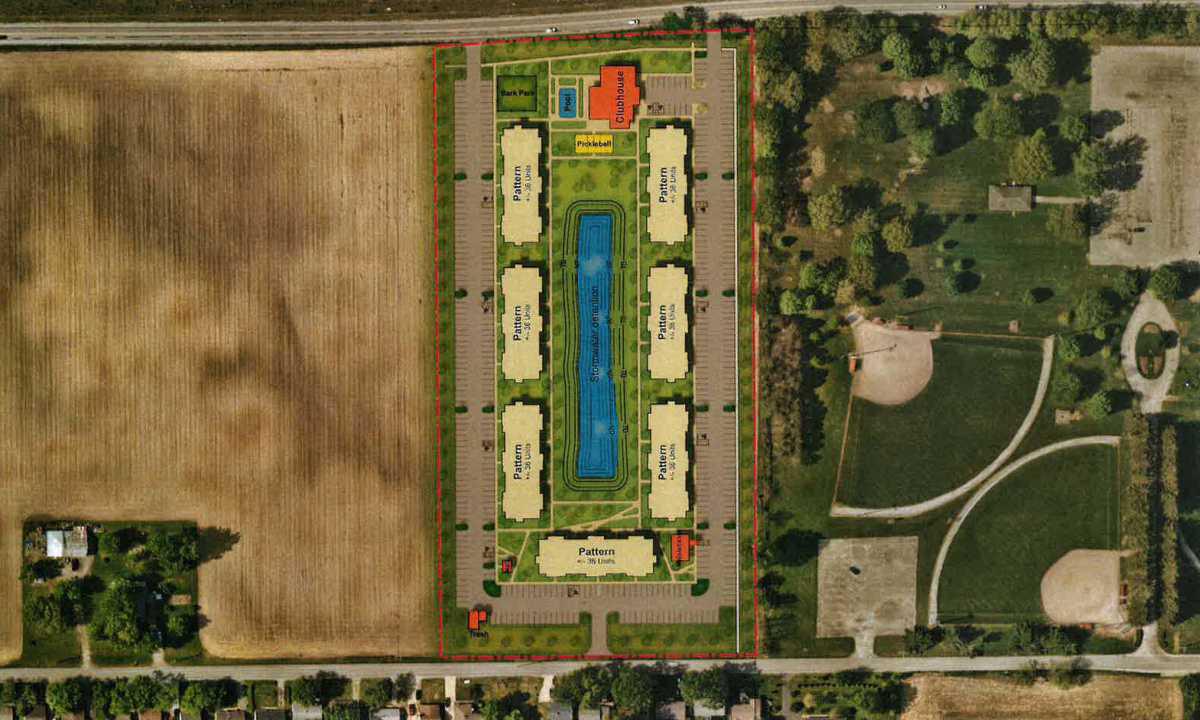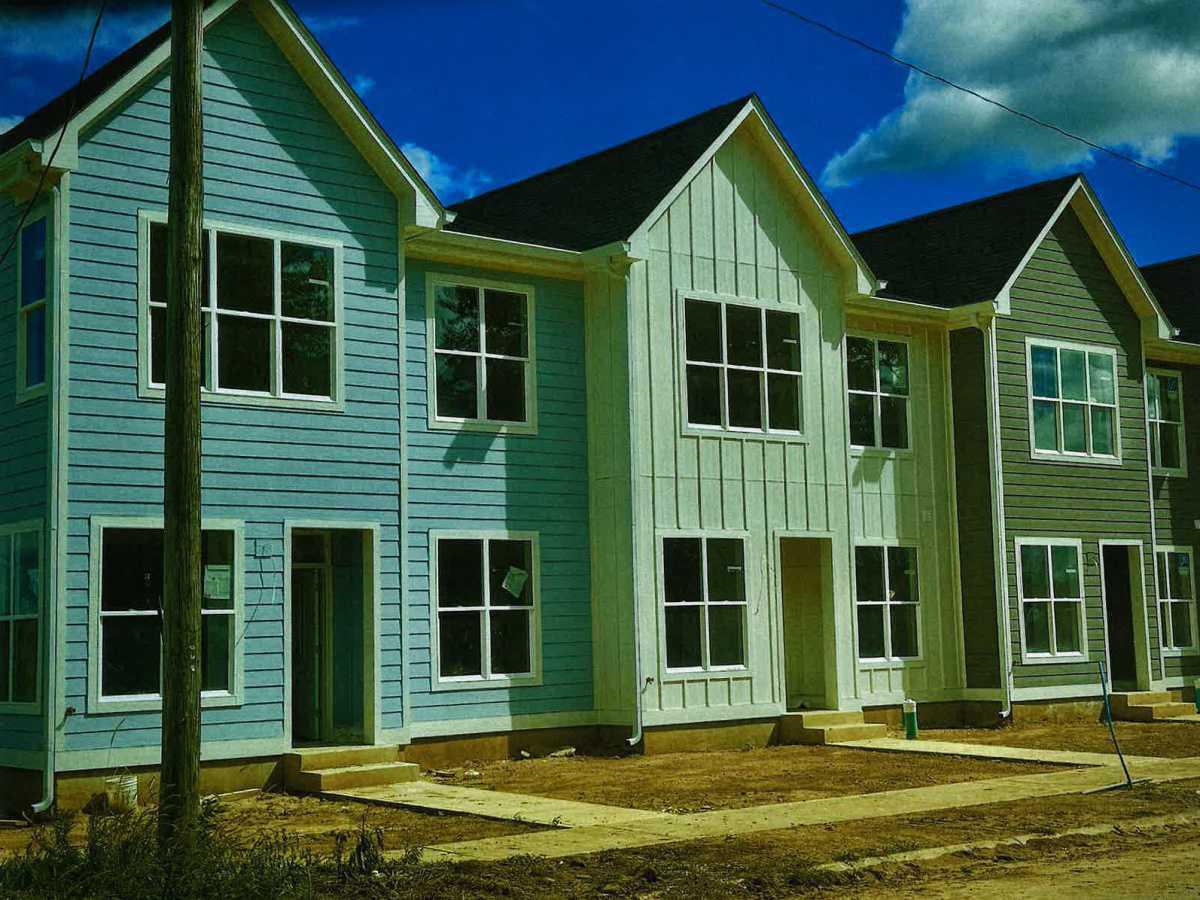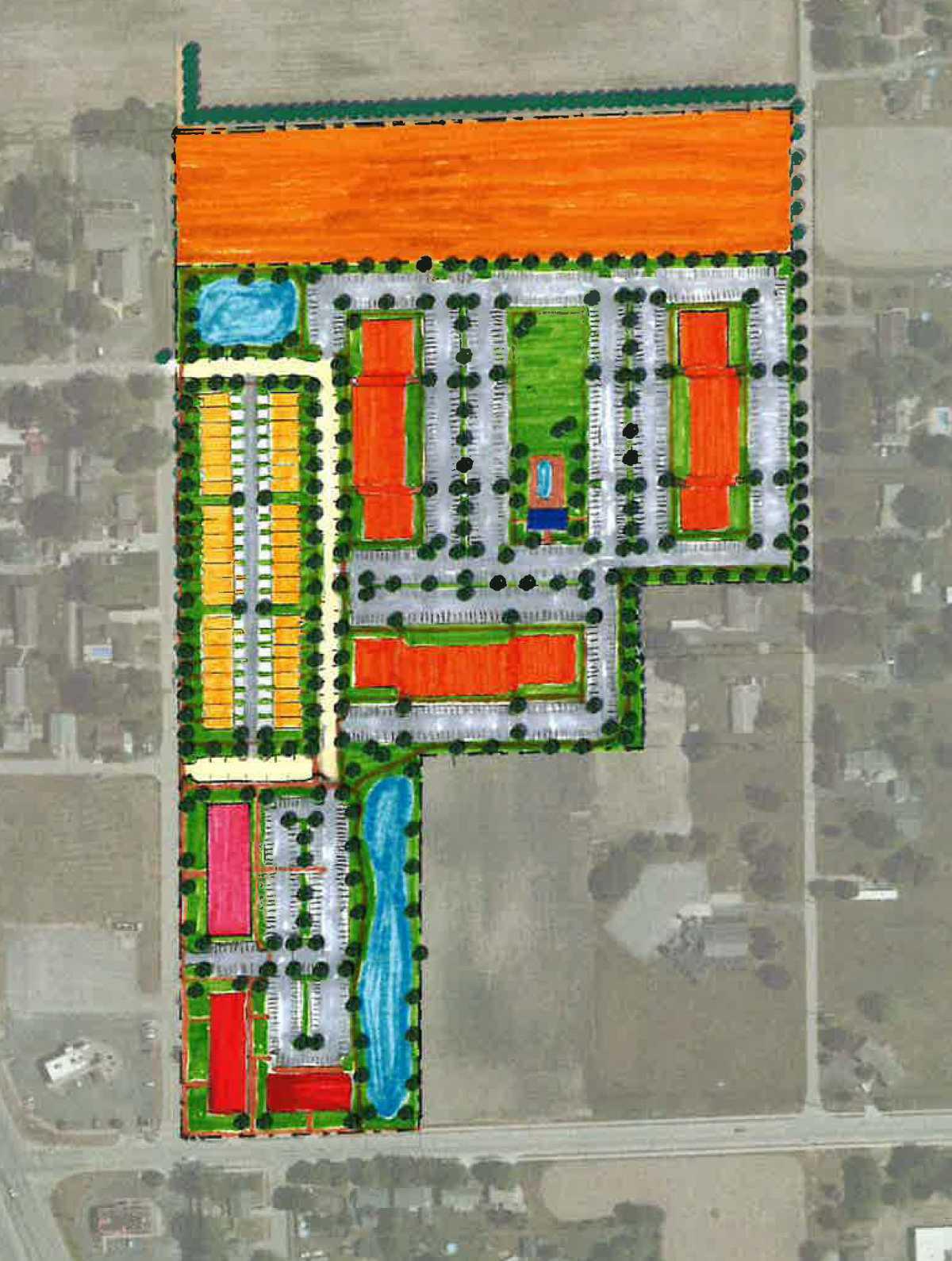Housing, retail being added near battery plant and Northwest Park
This article is brought to you by Solidarity Community Federal Credit Union. 🤔 Why do people worldwide choose credit unions? Because credit unions have a “people-first” philosophy that drives them to constantly improve their communities and the lives of their members.
On Thursday, October 17, 2024, join credit union and financial cooperative members around the globe in celebrating 76 years of International Credit Union Day®. Visit us at Solidarity Community Federal Credit Union and celebrate with your fellow members!
#InternationalCreditUnionDay #YouBelong
When economic development works, one investment leads to another. Months before the first electronic vehicle battery rolls off the line and into a Stellantis product, the $3 billion investment from StarPlus Energy is attracting additional growth.
Already Kokomo has seen the plans for new residential subdivisions in all corners of the city, along with hotels, commercial areas, and public spaces. A handful of those developments took a step closer to reality last week in front of the Kokomo Plan Commission.
Developer Buckingham Properties came before the commission, seeking to rezone a parcel immediately west of Northwest Park. The intent is to construct a market rate apartment complex. The project was represented by local Realtor Paul Wyman.
“A few years ago, the City of Kokomo did a housing study, and it was very clear that there was a tremendous demand for single family homes and multiple multi-family residences as well,” said Wyman. “That study came out prior to the announcement of the battery plant. That $3 billion investment is a wonderful opportunity for us.
“And it kind of exasperated the housing demand that we have in a very good way. What it's also done for us is it's attracted many quality companies and more investors to come to our community to participate in our growth.”
The property, which is also being voluntarily annexed into the city, is expected to hold a 266-unit apartment complex, encompassing six buildings, a clubhouse, swimming pool, pickleball courts, and a dog park.
“We're excited about the project,” said Wyman. “It certainly falls in line with the demands and needs that we're currently experiencing.”
The rezoning passed unanimously, with just a single citizen expressing concern about the speed with which the developments in the community are taking place.
A second, larger development slated for the northeast neighborhood immediately adjacent to the battery plants also came before the plan commission seeking rezoning for a plan unit development. The Faris Center, located along North Cooper Street and East Morgan Street, sought rezoning of six separate parcels.
Also representing Faris Center was Wyman, who explained how the development will work.
“What Faris is showing you is developers do love the opportunity to come to communities, not only where growth is happening, but even in the areas where industrial growth is happening,” said Wyman. The planned unit development we are presenting will have housing, and commercial development, such as coffee shops and restaurants. On top of the that, it will have a 120-room hotel.
“There's a tremendous amount of business travel that happens as a result of the planned partnership between Stellantis and Samsung. We're looking at approximately 500 apartment units.”
Concerns were raised by residents about traffic along Morgan Street, but Wyman directed attention to the proposed layout of the planned development, which showed access to Faris Center will take place on Cooper Street, sparing Morgan Street an access point and potential added congestion.
The rezoning of these parcels also was passed unanimously by the plan commission.
The only real hiccup in the meeting came when the plan commission voted to accept resolutions from the Kokomo Redevelopment Commission to establish Tax Increment Financing (TIF) districts for the developments. A single plan commission member, Kelli Barker, voted against the TIFs.
“I believe there are other entities in the community that would be supported if we did not have a (TIF) district,” said Barker.
When a municipality adopts a TIF district, all property taxes allocated to other governmental units are frozen at the level prior to development. The increased revenue the development generates is recaptured and used to pay down debt incurred by the municipality to install infrastructure to support the development.
Unless otherwise indicated, the TIF remains indefinitely, with the increased revenue eventually finding its way into the municipality’s possession once any debts or bonds for the district are retired. The remaining governmental units never realize an increased property tax benefit from the development.





